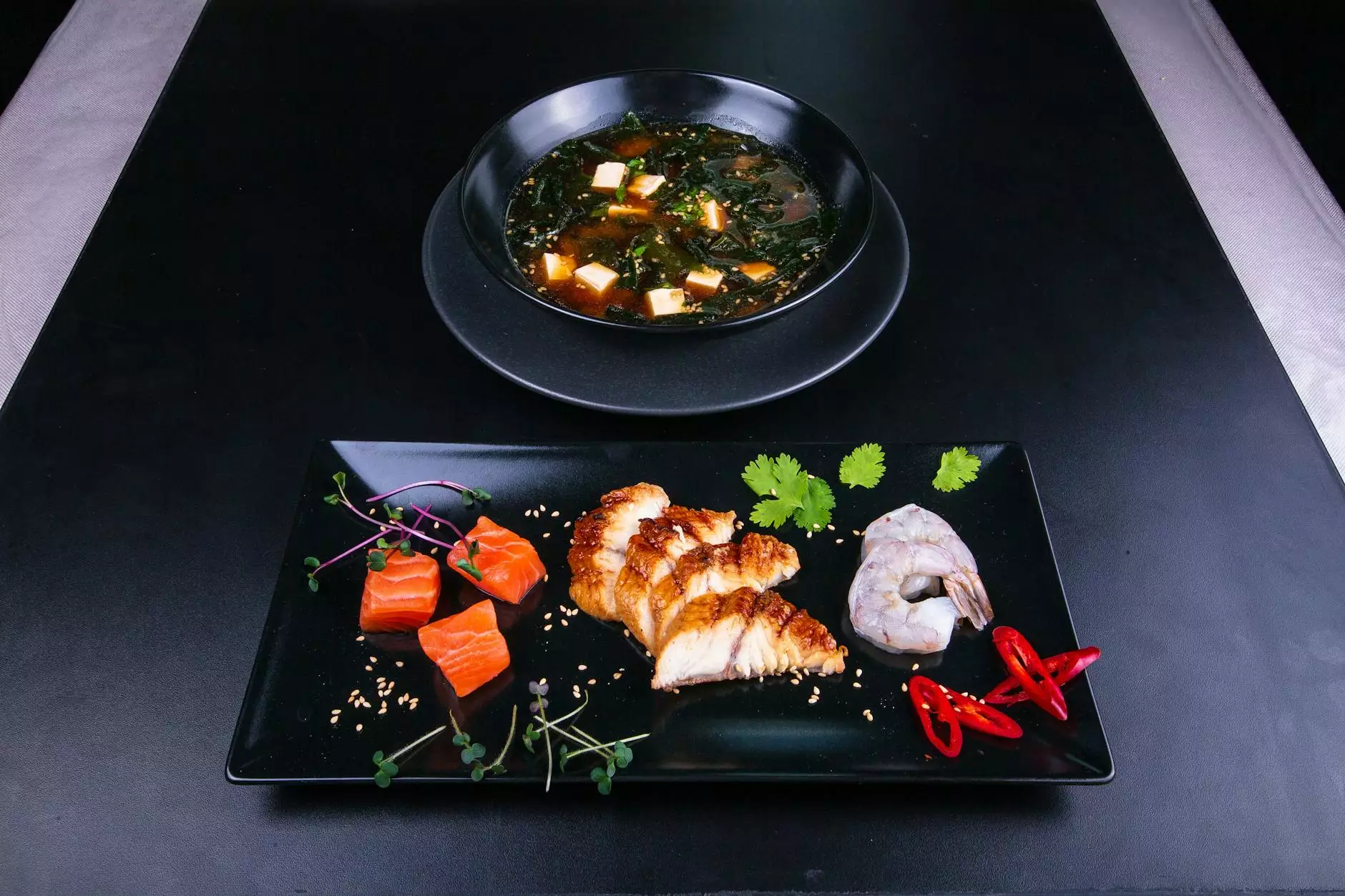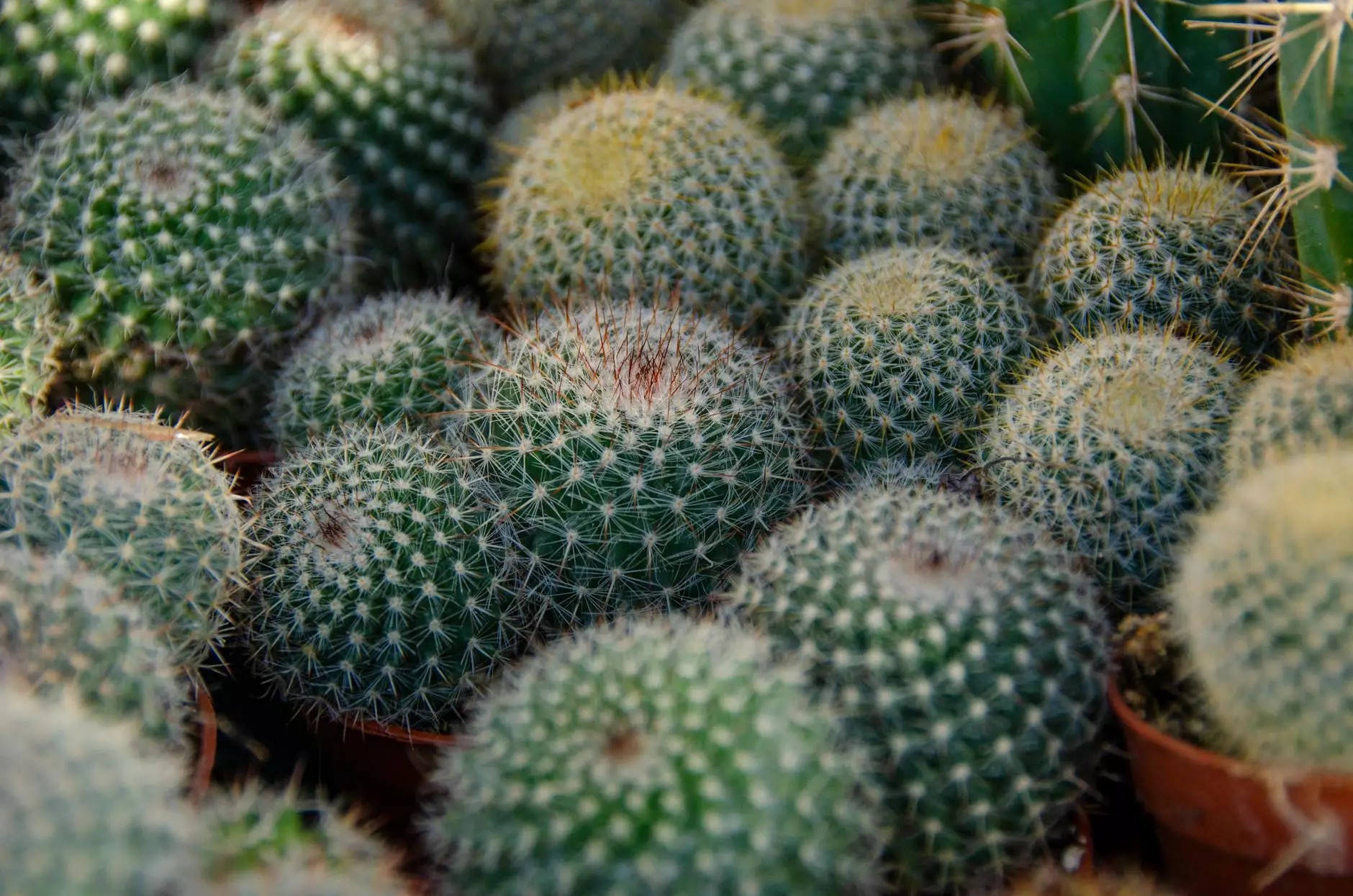The Art of Grating Wasabi: Elevating Your Culinary Experience

Wasabi, a staple in Japanese cuisine, is often recognized for its pungent flavor that adds a distinct kick to various dishes, particularly sushi and sashimi. The authentic wasabi, known as wasabi japonica, is a plant that grows primarily in the cold, clean waters of Japan. Its unique flavor profile distinguishes it from the common horseradish paste many are accustomed to. This article explores the invaluable skill of grating wasabi, how it enhances flavors, and tips for proper preparation.
The Importance of Fresh Wasabi
Many restaurants and sushi bars often use imitation wasabi, which usually contains horseradish, mustard, and food coloring. However, serious aficionados of Japanese cuisine understand that nothing compares to the real deal. Fresh wasabi not only offers a more refined flavor but also provides health benefits. It contains anti-inflammatory properties and is rich in antioxidants.
Why Grate Wasabi?
Grating wasabi right before serving unleashes the plant's natural oils and essential compounds, resulting in a vibrant, fresh flavor that elevates any meal. The process of grating is crucial; it releases the pungent aroma and taste that make wasabi a sought-after ingredient in restaurant kitchens. Here's why you should adopt this technique:
- Flavor Preservation: Freshly grated wasabi retains its vibrant flavor, which diminishes rapidly after being prepared.
- Textural Enhancements: The right grating method can create a paste that clings better to sushi and other dishes.
- Health Benefits: Fresh wasabi has antibacterial properties that can enhance the health profile of your meal.
How to Prepare Fresh Wasabi
Preparing fresh wasabi involves a few simple yet important steps. Below is a detailed guide to ensure you're getting the most out of your rhizome:
What You Need
- Fresh wasabi root
- Traditional sharkskin grater (or any high-quality grater)
- A clean, damp cloth for drying
Step-by-Step Guide to Grating Wasabi
- Preparation: Rinse the wasabi root under cold water to remove any soil. Pat it dry gently with a cloth.
- Trimming: Trim the ends and shave any blemishes to ensure a clean grating surface.
- Grating: Using a sharkskin grater, start grating from the thicker end towards the thinner end. Apply gentle pressure and maintain a consistent angle for even results.
- Forming a Paste: After grating, allow the wasabi to sit for a few minutes. This allows the flavor to intensify before you use it.
- Serving: Use immediately to appreciate the full flavor profile. Pair it with sushi, sashimi, or even a simple bowl of rice.
Using Wasabi in Your Culinary Creations
With freshly grated wasabi in hand, it's time to explore its applications in various dishes. Traditionally, it pairs beautifully with:
- Sushi: A must-have with any sushi roll. A dab of freshly grated wasabi can enhance the experience of nigiri and sashimi.
- Soups: Add a hint of wasabi to miso soup or clear broths for an unexpected punch.
- Dipping Sauces: Mix with soy sauce to create a rich dipping sauce for dumplings or tempura.
- Dressings: Incorporate wasabi into dressings for salads or as a seasoning for grilled meats.
Tips for the Best Wasabi Experience
To fully appreciate the uniqueness of grating wasabi and its flavor, here are some additional tips to keep in mind:
- Store Properly: Keep any leftover wasabi in an airtight container in the refrigerator, but consume it within a day to maintain the best flavor.
- Experiment with Pairings: Wasabi can complement a variety of dishes beyond Japanese cuisine—try it with grilled steak, seafood, and even chocolate for a surprising contrast.
- Mind the Quantity: Fresh wasabi is potent; a little goes a long way. Start with a small amount and adjust to taste.
The Role of Wasabi in Japanese Culture
Wasabi has a rich history in Japan. Traditionally, it was used not only for its flavor but also for its preservative qualities. The antibacterial properties of wasabi made it an excellent companion for raw fish, particularly before modern refrigeration techniques were developed.
Culinary Significance
In contemporary Japanese cuisine, wasabi remains a symbol of craftsmanship. Restaurants that emphasize authentic flavors prioritize the use of fresh wasabi, which showcases their dedication to quality and tradition.
Conclusion: Embrace the Art of Grating Wasabi
Incorporating freshly grated wasabi into your culinary repertoire can transform your dining experience. The sharp yet pleasant flavor it brings, coupled with its vibrant aroma, elevates not just sushi but a wealth of dishes. By mastering the technique of grating wasabi and understanding its significance in Japanese cuisine, you not only enhance your cooking skills but also pay homage to a rich culinary tradition. Next time you're at your local sushi bar or in your kitchen, remember the vital role fresh wasabi plays and embrace the art of grating it for an unparalleled taste sensation.
For more insights on authentic Japanese ingredients, visit realwasabi.com.









